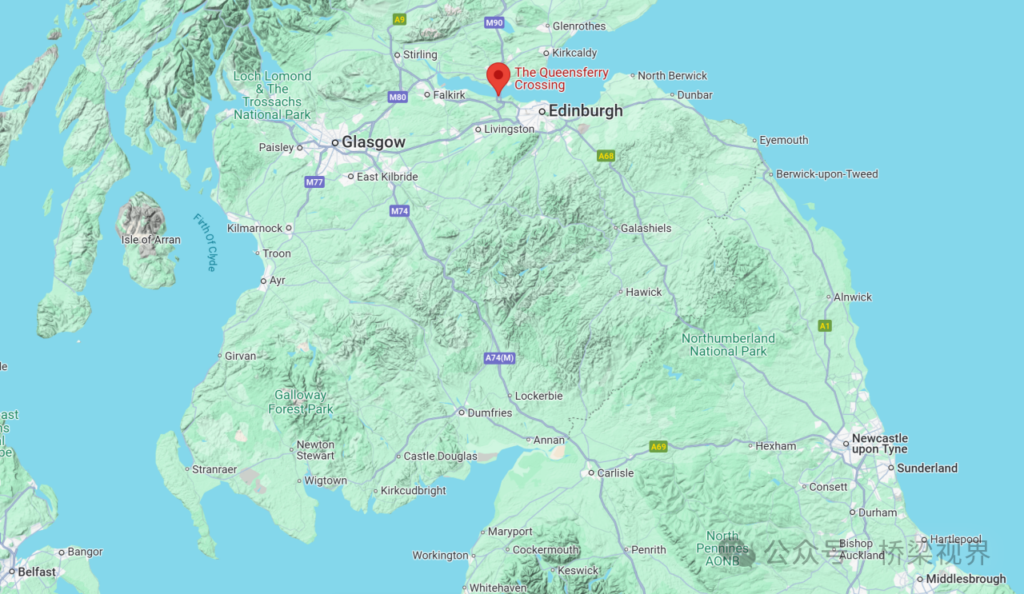
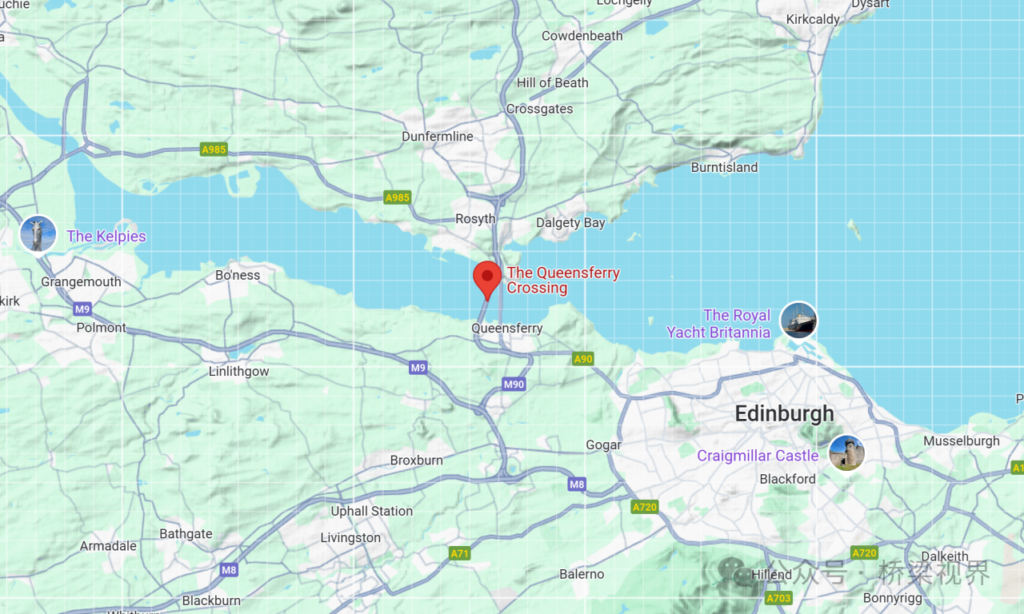
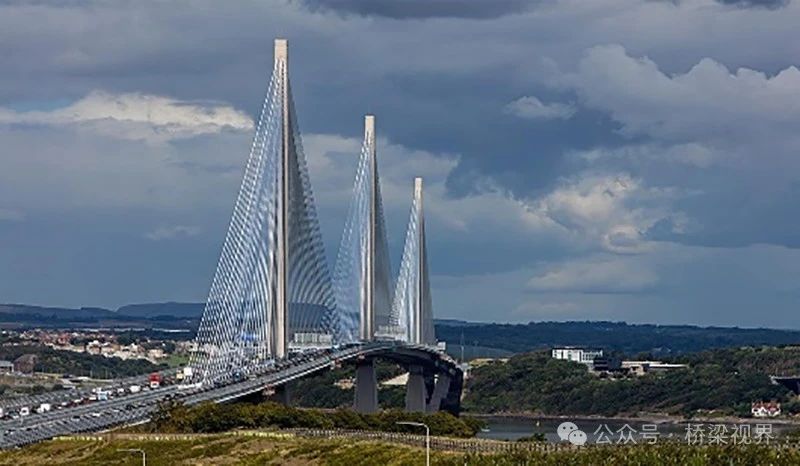
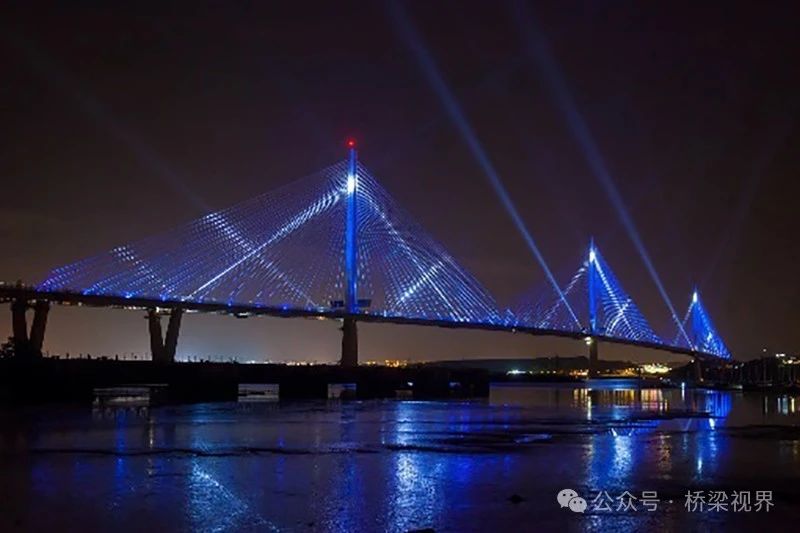
Overview of the Queensferry Crossing
The Queensferry Crossing is a modern cable-stayed bridge located in Scotland, United Kingdom. It is a crucial component of the European route E15, spanning the Firth of Forth. The bridge connects Edinburgh on the south shore to Fife on the north shore, with a total length of approximately 2.7 kilometers. Its main span is 650 meters, and it features three towers, each 210 meters tall, making it the world’s longest three-tower cable-stayed bridge with a central cable plane. Construction began in 2011 and took six years, with the bridge officially opening in September 2017.
At the peak of construction, 1,500 workers were on site simultaneously, with over 10,000 people involved throughout the project. The bridge utilizes 288 cable stays and has towers that are 210 meters high, designed to be 50 meters taller than the Forth Road Bridge. It employs a 644-meter cantilever design, resulting in a slimmer deck profile. The project was led by Forth Crossing Bridge Constructors, a consortium including international contractors such as Hochtief, American Bridge, Dragados, and Morrison. Jacobs Arup served as the government’s engineering consultant. The expert team was drawn from multiple countries globally, accumulating 1.9 million work hours.
The Queensferry Crossing boasts a unique wind and rain shield design, ensuring all-weather operability. It has successfully taken over the traffic function from its predecessor, the Forth Road Bridge, becoming one of Scotland’s most critical transportation hubs.
Reasons for Construction
The River Forth, 47 kilometers long, flows through central Scotland and is an integral part of the region’s industrial heartland, encompassing key sectors such as mining, oil, electronics, shipbuilding, and aerospace. Its lower reaches are wide and close to the North Sea, experiencing strong winds, while river crossings are relatively scarce.
By the early 21st century, the Forth Road Bridge, which had been in use since 1964, showed signs of main cable corrosion, with strength losses of 8% to 10%. This raised concerns about potential strict traffic controls in the future.
Given its indispensability to Scotland’s economy, with an average daily traffic of about 70,000 vehicles, the unpredictable maintenance requirements prompted the Scottish Government to initiate studies in 2006. By late 2007, the decision was made to construct a new bridge west of the Forth Road Bridge, aimed at replacing the old bridge’s function and ensuring long-term stability of land transportation across the Firth of Forth, as well as maintaining an efficient economic transport corridor.
The Forth Road Bridge to the east was not decommissioned but repurposed as a dedicated public transit bridge, adopting a strategy of simultaneous repair and use, managed in conjunction with the new bridge. This approach not only reduced the construction costs of the new bridge from £1.7 billion to £1.4 billion but also extended the lifespan of the old bridge.
Construction Highlights
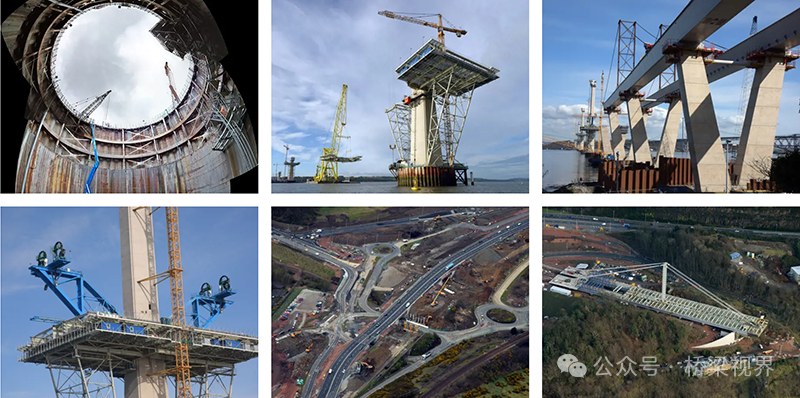
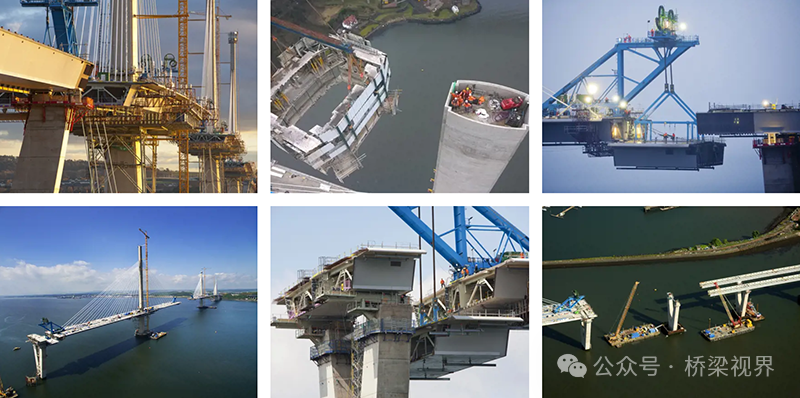
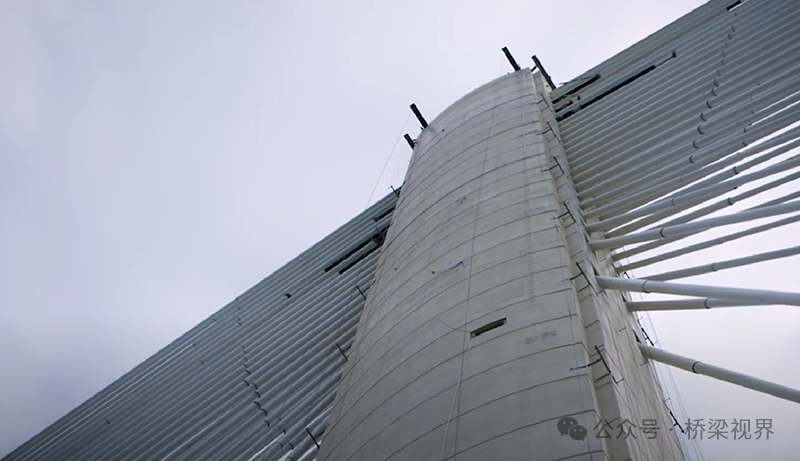
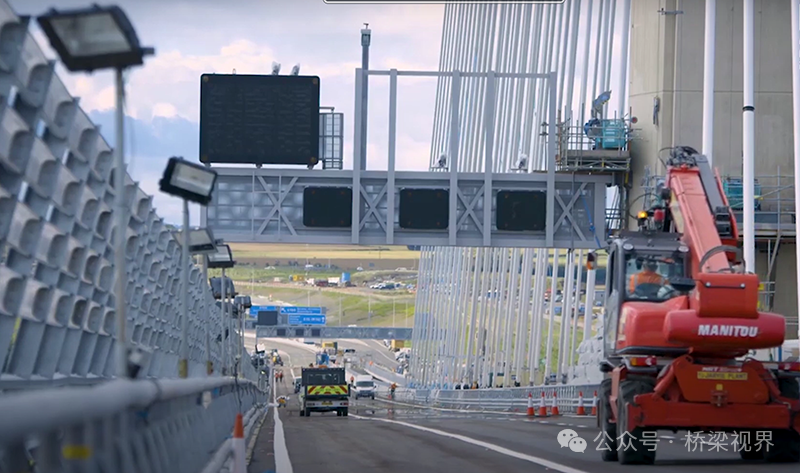
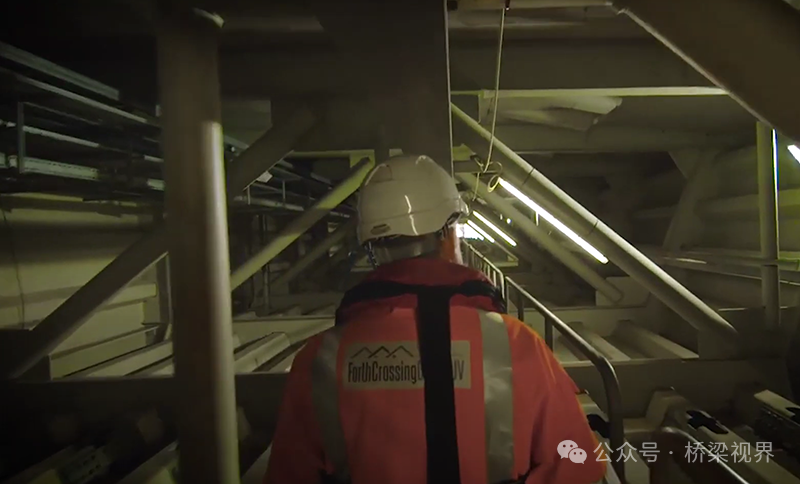
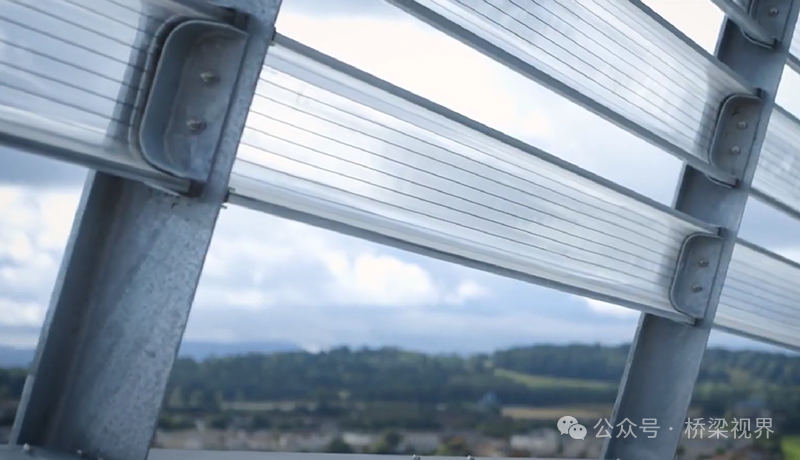


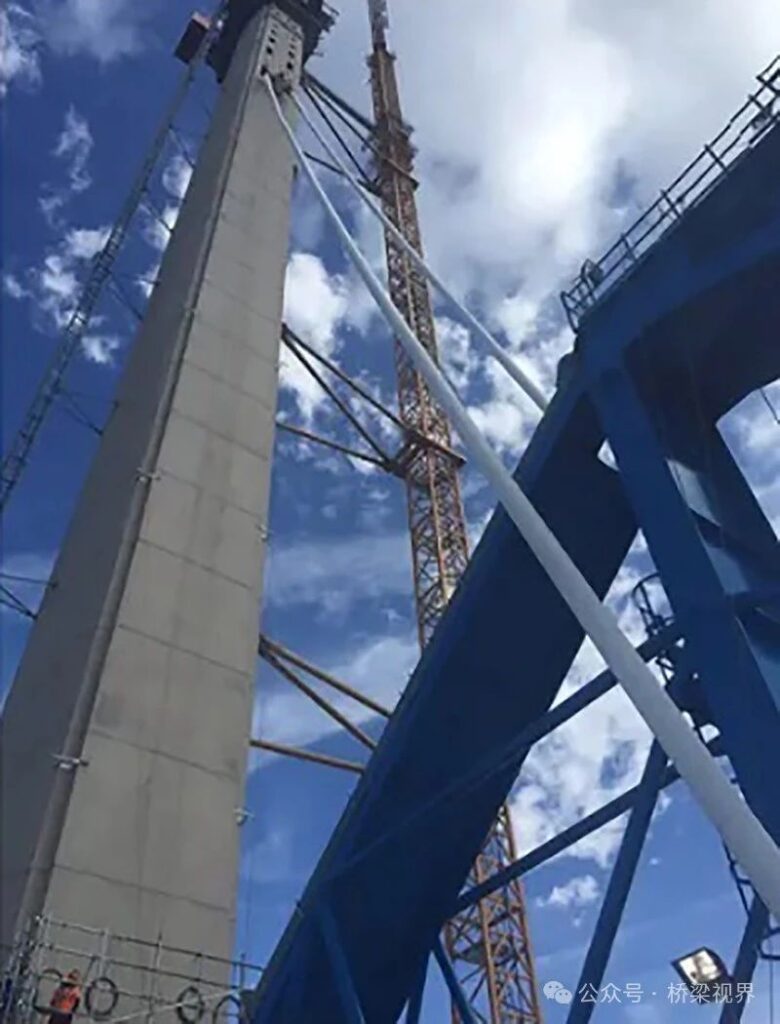
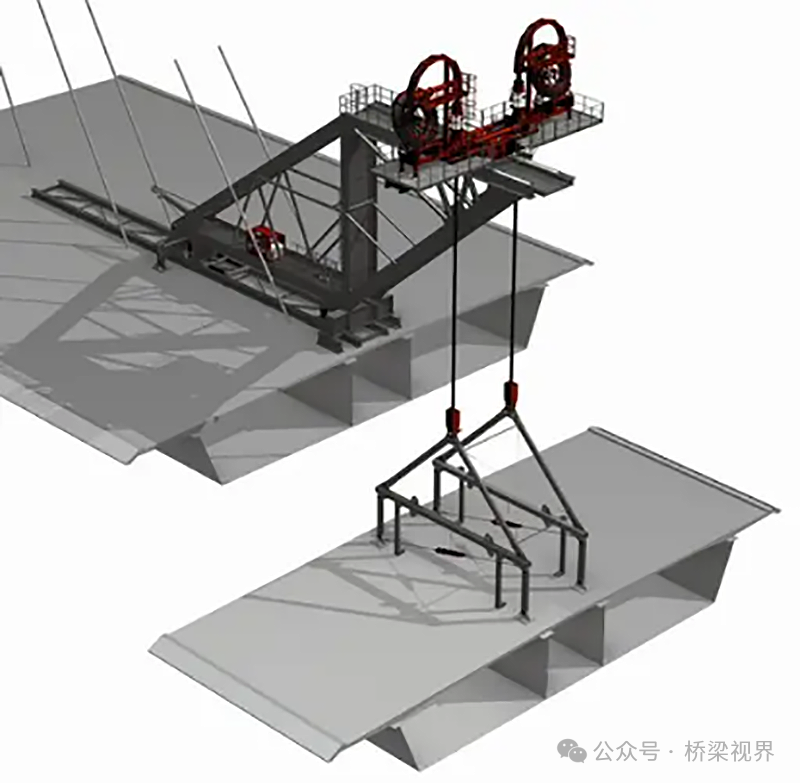
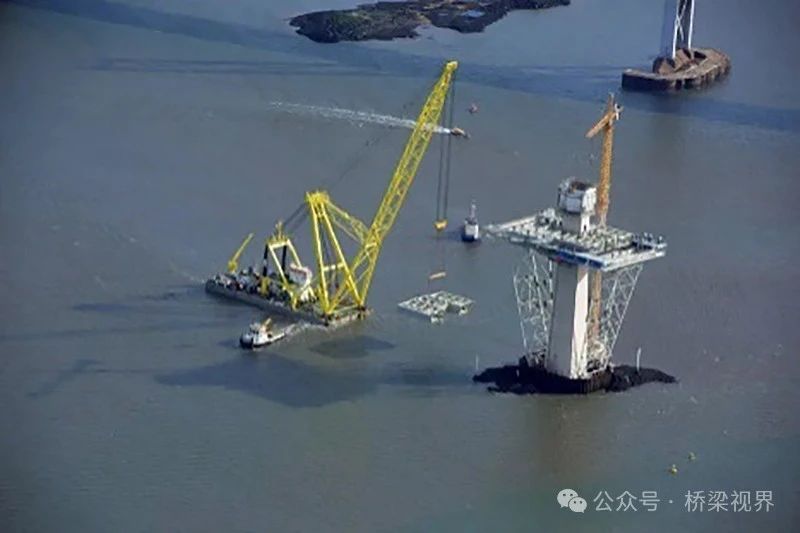
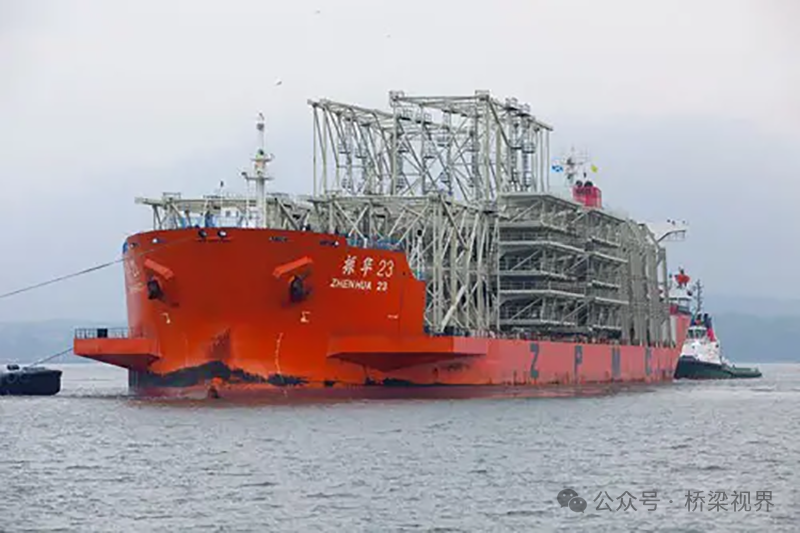
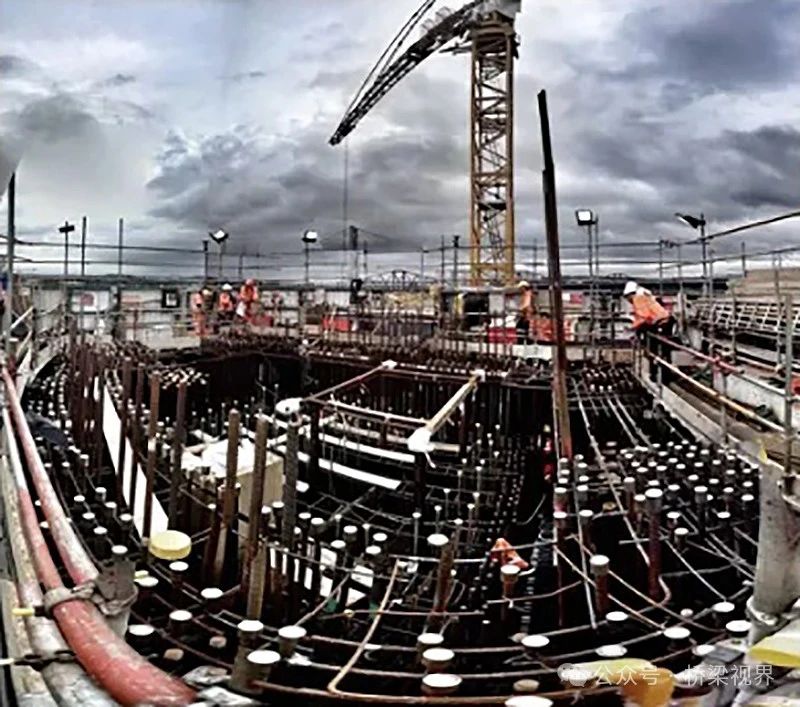
The construction of the Queensferry Crossing showcased several engineering feats and technological innovations. These include the use of one of the world’s largest steel caissons, measuring 30 meters in height and diameter, weighing 1,200 tonnes, and placed with a margin of error of only 2.5 centimeters, demonstrating remarkable precision. The double-layered hollow wall design effectively mitigated glacial till, ensuring structural stability. The bridge employed continuous concrete pouring technology, with a single pour of 17,000 cubic meters lasting two weeks, showcasing exceptional construction organization and technical prowess.
Additionally, the bridge is equipped with an advanced structural health monitoring system, and the box girders have internal passages that can also accommodate robots for real-time inspections.
The unique balanced cantilever design, with the central tower deck fan area reaching 644 meters wide before connecting to the rest of the structure, set a world record for the longest independent balanced cantilever.
During operation, the bridge utilizes an intelligent traffic management system and has four public cameras open to society, not only increasing the bridge’s transparency but also allowing the public to monitor traffic conditions in real-time.
As of the end of 2023, 150,000 people had visited the science exhibition hall at the Firth of Forth, including 50,000 primary school students.
Bridge Naming
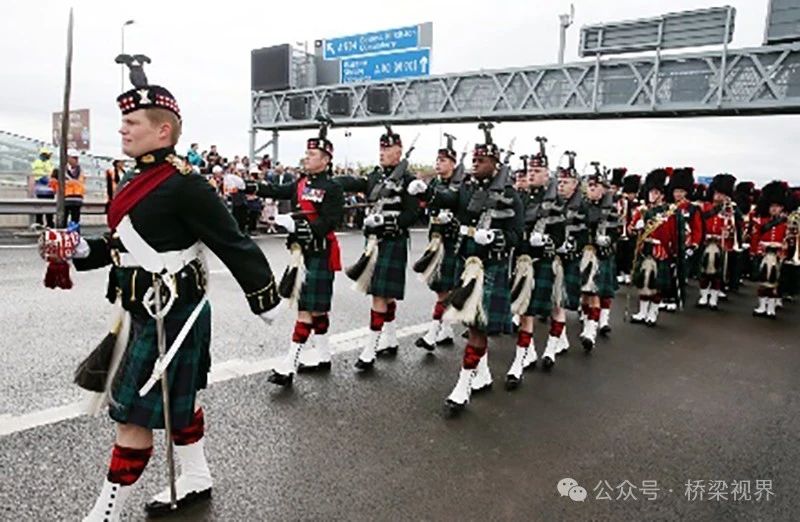
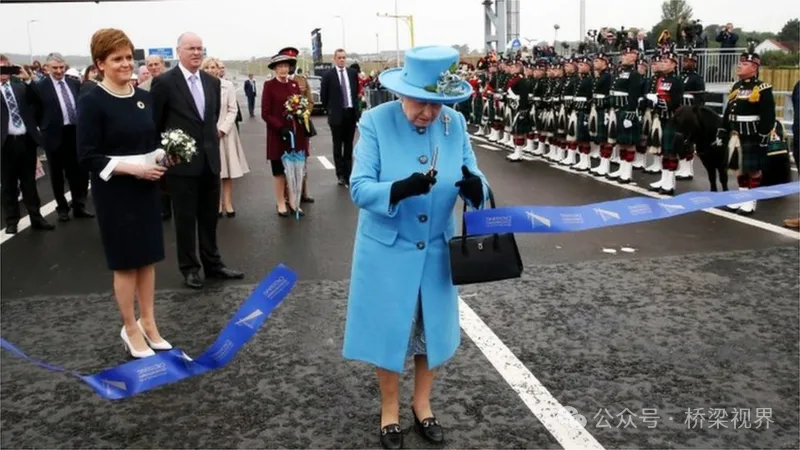
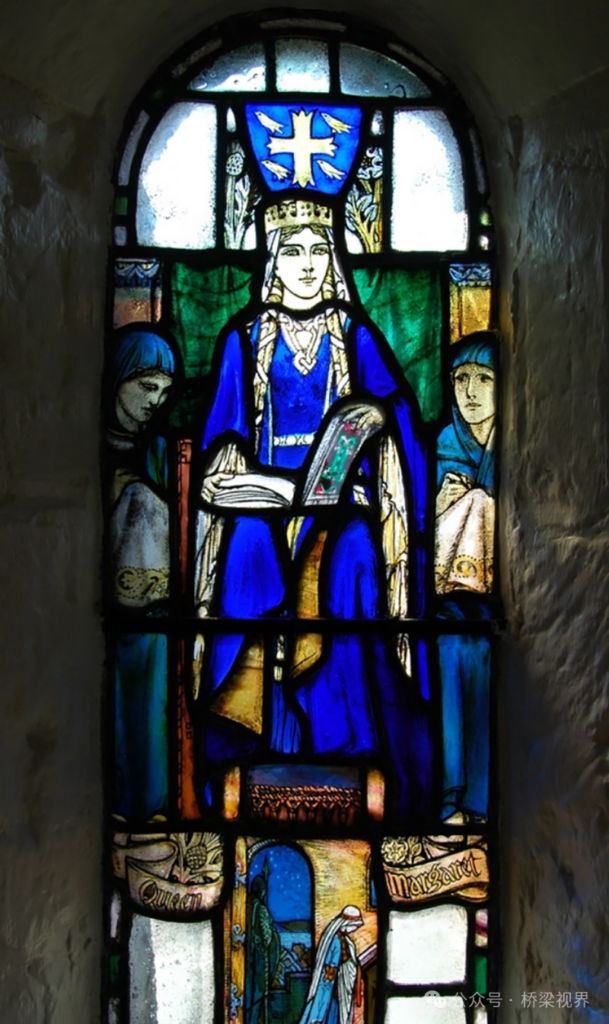
The team proposed five names for public voting:
- “Caledonia Bridge” – the Latin name used by ancient Romans for the northern part of Great Britain, which naturally became an alternative name for Scotland.
- “Firth of Forth Crossing” – named after the firth it spans.
- “Queensferry Crossing” – meaning Queen’s Ferry Crossing, specifically referring to Queen Saint Margaret of Scotland.
- “St Margaret’s Bridge” – directly using the queen’s name.
- “Saltire Crossing” – a clever pun, as “Crossing” means both river crossing and cross flag, with the Scottish flag being St. Andrew’s Cross.
Ultimately, only “Queensferry Crossing” received more than 1/3 of the votes. In September 2017, Queen Elizabeth II personally inaugurated the bridge.
(Source: Queensferry Crossing official website and other sources)
